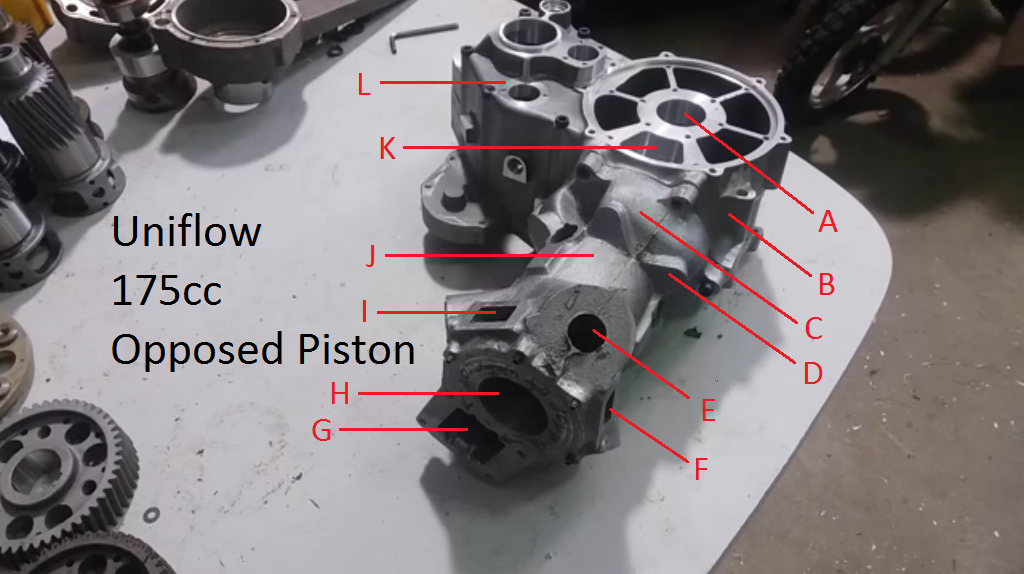Hello PlatinumZealot.
You write:
“Manolis. I was watching his launch very closely..
He starts with his spine tilted forward. Thust making forward thrust. This is easy for him because his jetpack is on his back, very close to his body's main centre of rotation. (low radius of gyration).
He uses his arms to stabilize yaw and pitch.
And hips for banking and such.”
Browning takes a good part of the upwards thrust by the four turbines secured on his arms.
The turbine at his back provides upward thrust and forward thrust.
By bending his back, he aligns the percentage of upward / forward thrust provided by his back turbine.
Immediately after his take off, either Browning is bending his back or Browning is bending his legs relative to his rest body, is the same.
The only that happens is the displacement of his overall center of gravity relative to the overall thrust axis.
Yes Browning can vector the thrust of the four turbines secured on his arms / hands without changing the posture of his body.
But think the drawbacks of his architecture:
- his hands cannot help being tired soon (think if the flight duration was not 5 minutes, but 2 hours),
he cannot use his hands (even if he gets fire, his arms / hands deal with the four turbines and the thrust they provide),
he cannot grab anything to lift (say, at a rescue), etc, etc.
Browning flies amazingly, but in the "background" there are several serious issues the average observer cannot get.
You also write:
“I think your machine... I dont think it is impossible. But it think it requires a great deal more strength because the longer lever the pilot has to fight against.
What if you put a mechanism on the pilots back that can multiply the force of tilt of the body to the machine? Almost like a light exoskeleton?"
See this animation once more:

The engines / propellers lift their own weight and the weight of the pilot.
It is not the pilot that holds the Portable Flyer, it is the Portable Flyer that holds (and pulls upwards) the pilot.
With the engines stopped or idling (say, before take off or after landing), the pilot does lift the Portable Flyer. But from take-off to landing, the Portable Flyer lifts the pilot.
The pilot needs not to bend his back:
- He just bends his legs (relative to his rest body),
the overall center of gravity moves forwards (to the right, in the animation) away from the thrust axis,
and due to the generated torque of the overall weight relative to the trust axis the pilot and the Portable Flyer on his back/torso turn clockwise,
the pilot opens a little more the throttle (to not lose height due to the reduction of the upwards thrust),
and the forwards flight begins.
Soon after, the pilot has to straighten his legs to cancel out the abovementioned torque and so to stop the clockwise turn.
Is it clearer now?
After 2 hours of continuous flight, the Portable Flyer pilot will ask for more.
After 5 minutes of flight, Browning will ask to rest for a few hours before making his next "5 minutes" flight.
Note:
To bend your legs (not necessarily keeping them straight) is easy and fast (when you go upstairs you do it repeatedly bending one leg at a time; in the Portable Flyer you do it with both legs; and if you bend the one leg forwards and the other backwards (see the animation) you have the yaw control).
Thanks
Manolis Pattakos



